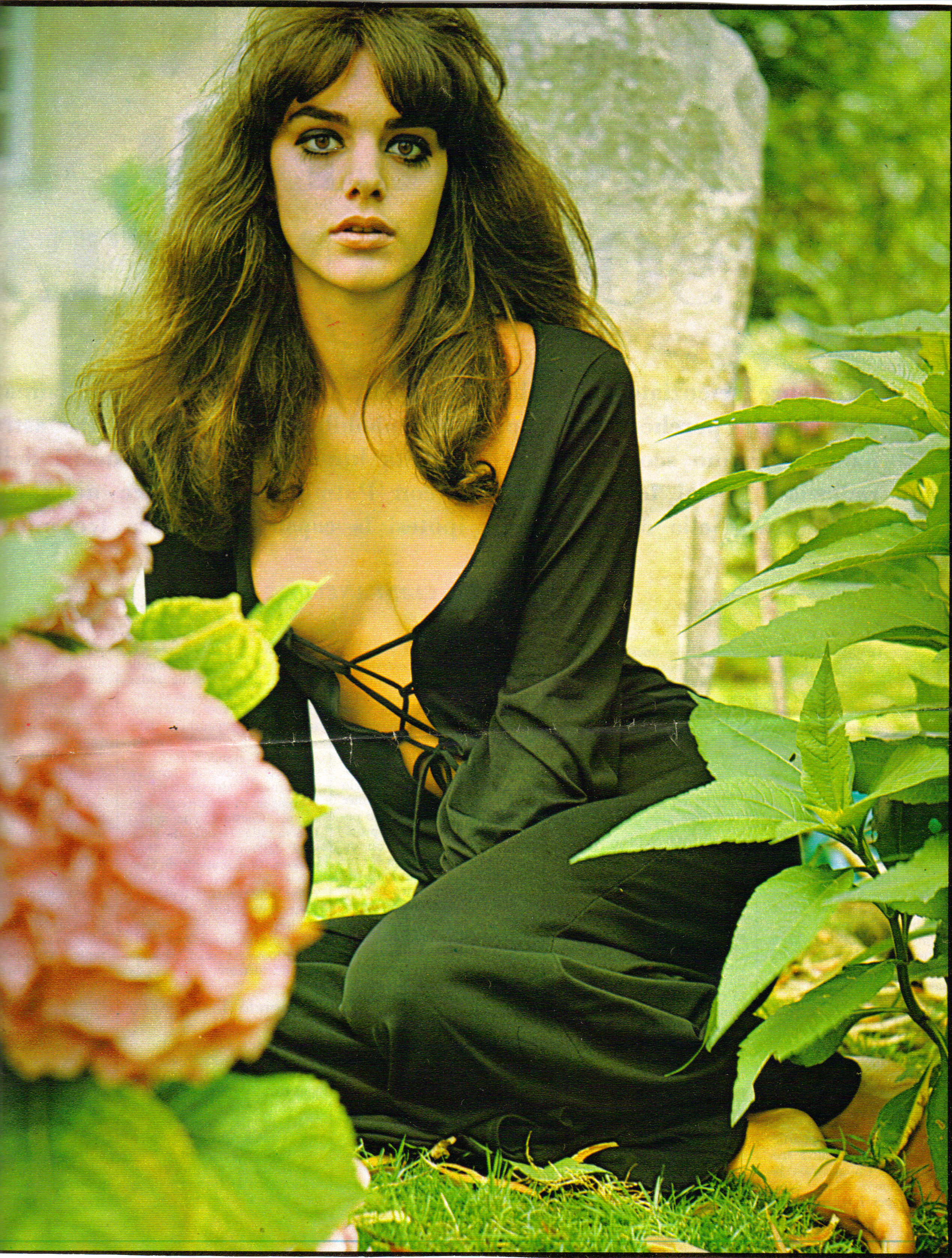 Two Friday nights ago I settled in with a nice bottle of Evan Williams, a lady friend and the DVD of Robert Altman's The Long Goodbye, his 1973 adaptation of Raymond Chandler's famous crime novel. Iconic gumshoe Philip Marlowe, once the purview of tough-guy actors like Bogart and Dick Powell, is here played by nebbishy Elliott Gould as a slovenly cat lover who is more likely to meander down the mean streets than saunter.
Two Friday nights ago I settled in with a nice bottle of Evan Williams, a lady friend and the DVD of Robert Altman's The Long Goodbye, his 1973 adaptation of Raymond Chandler's famous crime novel. Iconic gumshoe Philip Marlowe, once the purview of tough-guy actors like Bogart and Dick Powell, is here played by nebbishy Elliott Gould as a slovenly cat lover who is more likely to meander down the mean streets than saunter. While I'd seen the movie once many years ago and liked it all right, watching it this time I found it stunning and captivating. Instantly it vaulted near the top of my favorite '70s movies (hallowed ground for me). It’s damn near a masterpiece. As with most Altman movies, critics love to toss out the word "revisionist," since the movie reimagines the classic noir stylings in daytime and with a "sensitive liberal" type as the no-nonsense Marlowe.
While I'd seen the movie once many years ago and liked it all right, watching it this time I found it stunning and captivating. Instantly it vaulted near the top of my favorite '70s movies (hallowed ground for me). It’s damn near a masterpiece. As with most Altman movies, critics love to toss out the word "revisionist," since the movie reimagines the classic noir stylings in daytime and with a "sensitive liberal" type as the no-nonsense Marlowe. Upon first release it was a bomb, so after a few months United Artists went back and redid the ad campaign, highlighting its absurdist and iconoclastic take on the Chandler hero, best illustrated by this new poster, by MAD magazine's Jack Davis.
Upon first release it was a bomb, so after a few months United Artists went back and redid the ad campaign, highlighting its absurdist and iconoclastic take on the Chandler hero, best illustrated by this new poster, by MAD magazine's Jack Davis.
 A few of my favorite things: listen for the theme song (music by John Williams, lyric by Johnny Mercer, who of course wrote "Hooray for Hollywood") again and again, replicated throughout the movie as muzak in a supermarket, performed by a mariachi band in Mexico, tinkled in ivory by a desultory pianist in the bar where Marlowe gets his messages ("Why can't I get my messages in a bar?" I exclaimed to the lady watching with me. Forthcoming answer was unsatisfactory.) Watch for deceptively unthreatening gangster Marty Augustine, who wields a mean Coke bottle. Check out the beachfront party scene in which diminutive Henry Gibson (one of the Illinois Nazis from Blue Brothers that Belushi hated so much) terrifies the blustery Jack Daniel's-brandishing Hayden into paying him the $4,000 Hayden owes.
A few of my favorite things: listen for the theme song (music by John Williams, lyric by Johnny Mercer, who of course wrote "Hooray for Hollywood") again and again, replicated throughout the movie as muzak in a supermarket, performed by a mariachi band in Mexico, tinkled in ivory by a desultory pianist in the bar where Marlowe gets his messages ("Why can't I get my messages in a bar?" I exclaimed to the lady watching with me. Forthcoming answer was unsatisfactory.) Watch for deceptively unthreatening gangster Marty Augustine, who wields a mean Coke bottle. Check out the beachfront party scene in which diminutive Henry Gibson (one of the Illinois Nazis from Blue Brothers that Belushi hated so much) terrifies the blustery Jack Daniel's-brandishing Hayden into paying him the $4,000 Hayden owes.These might be the movie's best scenes, Hayden's character's home (Altman's own). Behind them the ocean beats an endless surf beyond the machinations of men and women. It literally traps Marlowe in it at one point; our mortal problems nothing to the might of the sea. A dog comes running with a cane, a sad postscript to suicide. One of Gould's best scenes is a convincing drunken diatribe against the useless cops that hound him. But this Marlowe is a chump, cut off at every turn, going with the flow ("It's okay with me," he cheerfully mutters over and over). We will come full circle, of course; the film's climax is welcome and satisfying. Hooray for Hollywood indeed!
In one of those nice little coincidences, there's an Elliott Gould film retrospective being held in NYC right now; the New York Times had an interview with him the other day, and he's doing his Q&A after Goodbye. Cool. Too bad many of the movies being shown are not on DVD. Not on DVD?! They still have that?Trailer here:
















.jpg)




6 comments:
very nice write up of an excellent film.
i think the answer was:
"because you're not a private dick in the 70s".
sorry.
Y'know, I've only really seen chunks of this on late-night TV, but your post reminds me that I really need to rent it and watch it all the way through. My Mom turned me on to Raymond Chandler during my summer visits to LA in the 70s, so it should be right up my alley. Plus, Jim Bouton's in it!
Hi Will
Thanks for all your comments over on my blog. You make some very interesting points.
John
Jim Bouton was great in this, despite it being little more than a cameo. His easy camaraderie with Gould in the opening scenes are a lot of fun. I was hoping he'd be in it more. Didn't realize he was the Ball Four guy! Not that I'm a sports guy, but I was aware of the notoriety of that book.
Post a Comment